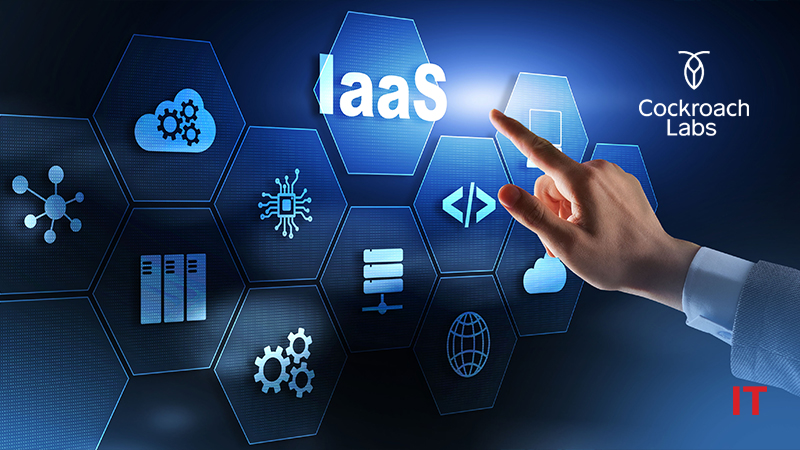Cockroach Labs, the leading provider of cloud-native distributed SQL databases, today announced the release of CockroachDB 23.2. This latest version introduces several key capabilities that elevate the ability to modernize enterprise architectures, including Stored Procedures, MOLT Live Migration Service (LMS), Physical Cluster Replication (PCR), and Read Committed isolation.
The updates made to CockroachDB address industry trends and challenges faced by enterprises in their journey to modernize their infrastructure. As customer expectations rise and competitive pressures increase, the ability to keep mission-critical systems online becomes crucial. According to Uptime’s Annual Outage Analysis, when outages do occur, they are
becoming much more expensive. With more than two-thirds of all outages costing more than $100,000, the business case for resiliency is clear or apparent.
Streamlining application migrations with improved SQL compatibility: In this new release, the company has rebuilt stored procedures from the ground up to be significantly more powerful: PL/pgSQL in CockroachDB takes advantage of the distributed execution engine, so users can process large amounts of transactional data in parallel. Additionally, the company is releasing read committed (in preview) which provides support for read committed, the default isolation level provided by Postgres (including Amazon Aurora), Oracle, SQL Server, etc. This compatibility in transactional isolation levels allows developers to migrate high concurrency Postgres applications by reducing the need to add application level retries that are common with higher isolation levels.
Also Read: Benefits of Infrastructure as a Service (IaaS) In Cloud Computing
Enabling flexible data movement for real-world migrations: Database migrations are notoriously complex, often compared to heart transplants due to their interconnected role in IT infrastructure. CockroachDB 23.2 addresses this challenge by offering the MOLT (migrate off legacy technology) Live Migration Service, providing flexible data movement options tailored to different applications and business requirements. This tooling helps teams navigate the tradeoff between downtime, latency impact, and data integrity, reducing the risk of costly mistakes during migrations. In this release, CockroachDB supports MySQL, Postgres, and CockroachDB (self-hosted, dedicated, or serverless) as sources.
Improving the resilience of existing infrastructures: Architects and operators who design and manage applications in enterprise environments with two locations face unique challenges in ensuring high resilience. While CockroachDB is designed for resilience across three or more regions, many organizations only have two regions in their environment since previous databases were fundamentally built around a legacy failover strategy. Cockroach Labs has now introduced Physical Cluster Replication for organizations that were built around two datacenters, and don’t have access to a third on-prem or cloud region. Physical Cluster Replication functionality allows them to survive full cluster failures with RPO (Recovery Point Objective) and RTO (Recovery Time Objective) measured in seconds rather than minutes.
In addition to product updates, Cockroach Labs continues to accelerate its business with the opening of its India office on the back of strong customer growth, and continued global expansion. New customers acquired in 2023 include Riskified: eCommerce fraud and risk intelligence, Symcor: Canada’s largest business solutions provider, Landmark Group: retail and hospitality and more. The company was also recently recognized in the 2023 Gartner® Magic Quadrant™ for Cloud Database Management Systems report for the third year in a row. Only 19 vendors made it onto the Magic Quadrant this year and inclusion is based on a variety of factors including market momentum, buyer interest, and user reviews.
SOURCE: PRNewswire
































